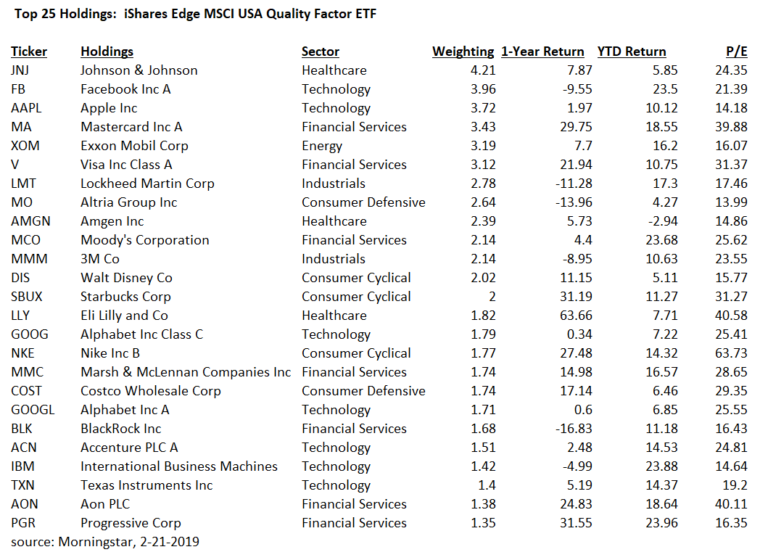Investing in the stock market can be a daunting task for many individuals. With so many options available, it’s difficult to know where to start and how to minimize risks. This is where Lit ETFs come in.
In this article, we will explore the world of Lit ETFs, their benefits, top holdings, performance review, and how to choose the right one for your portfolio. Whether you’re a beginner or an experienced investor, understanding Lit ETFs can help you make informed decisions and potentially grow your investments.
Introduction to Lit ETFs
Lit ETFs, or literature-focused Exchange-Traded Funds, provide a unique opportunity for investors to support and potentially profit from the growth of the literature industry. These funds track the performance of companies involved in various aspects of the literature sector, such as publishing, book retailing, and online content providers.
Investing in Lit ETFs allows individuals to align their financial goals with their passion for literature while gaining diversification benefits by investing in multiple companies within the sector. In the following sections, we will explore the characteristics, benefits, risks, and selection process associated with investing in Lit ETFs.
Benefits of Investing in Lit ETFs
Investing in Lit ETFs offers several key benefits. Firstly, they provide diversification and risk management by spreading investments across multiple companies within the literature industry. This helps mitigate the impact of any individual company’s performance on the overall investment.
Secondly, Lit ETFs often have lower expense ratios compared to actively managed funds or individual stock portfolios. This cost-effectiveness allows investors to allocate more funds towards their investments and potentially increase returns.
Lastly, Lit ETFs offer liquidity and ease of trading. They can be bought or sold throughout the day at market prices, providing investors with flexibility to take advantage of market opportunities as they arise.
In summary, investing in Lit ETFs provides diversification, cost savings, and trading flexibility, making them a compelling option for investors seeking exposure to the literature industry while managing risk effectively.
Top Holdings in Lit ETFs
Understanding the top holdings within Lit ETFs provides valuable insights into the dominant players shaping the literature industry. Common names like Penguin Random House, HarperCollins, Simon & Schuster, and educational platforms such as Coursera or Udemy often feature prominently.
These companies have established themselves as leaders in their respective fields, driving trends, and delivering high-quality content. Analyzing each holding’s significance helps investors make informed decisions and gain insights into potential growth within Lit ETFs.
In summary, the top holdings in Lit ETFs include major publishing companies and educational platforms that play significant roles in the literature industry. By examining their significance, investors can make informed decisions about their investments while supporting influential companies that shape the literary landscape.
Performance Review and Historical Data Analysis
To assess the success of Lit ETFs, it’s crucial to review past performance and analyze historical data. By comparing their performance with benchmark indexes, investors can determine if these funds have outperformed or underperformed market averages.
Understanding how market trends impact Lit ETFs’ performance helps anticipate future opportunities or challenges. Analyzing historical data allows investors to identify trends in returns and assess risk levels associated with investing in these funds.
By studying long-term charts, patterns, and outliers, investors can make informed decisions about potential risks and rewards.
How to Choose the Right Lit ETF for Your Portfolio
When selecting a Lit ETF for your portfolio, consider key factors such as expense ratio and fees, historical performance and track record, portfolio composition and diversification strategy, market capitalization and sector exposure, and trading liquidity. Lower expense ratios can lead to higher returns.
Analyze how well the fund has performed in different market conditions. Ensure the holdings align with your investment preferences and provide diversification. Evaluate the market capitalization, sector exposure, and trading liquidity of the ETF.
If unsure, consult with financial advisors or experts who can provide personalized guidance based on your investment needs. By considering these factors and seeking expert advice when needed, you can make an informed decision while selecting the right Lit ETF for your portfolio.
Spotlight on Promising Companies in the Industry
Emerging companies within the Lit ETF sector show promising growth potential and innovation in the literature industry. Let’s explore two such companies:
- Company #1: [Company Name]
- Description, mission, and vision statement
-
Recent developments and growth potential
-
Company #2: [Company Name]
- Description, mission, and vision statement
- Recent developments and growth potential
These companies offer exciting prospects for investors looking to tap into the literature sector and capitalize on its growth. By analyzing their unique approaches and recent advancements, we can gain valuable insights into the future of literary investments.
Conclusion
Investing in Lit ETFs provides investors with a range of benefits that can enhance their investment portfolios. These benefits include diversification, lower costs, liquidity, and ease of trading.
By analyzing the top holdings within these funds and evaluating their past performance alongside historical data, investors can make well-informed decisions to optimize their investment strategies.
To choose the right Lit ETF, it is crucial to consider factors such as expense ratio, historical performance, and portfolio composition. Seeking guidance from financial advisors or experts can also be beneficial in navigating the complexities of selecting the most suitable fund.
Additionally, keeping an eye on promising companies within the literature industry can uncover potential growth opportunities within chosen Lit ETFs. Exploring emerging companies within this sector allows investors to stay ahead of trends and capitalize on future developments.
Thorough research combined with a well-informed approach is essential for maximizing investment returns in Lit ETFs.
As literature continues to captivate readers worldwide, investing in Lit ETFs offers an exciting opportunity for those who have a passion for both literature and financial growth.
By staying informed about industry trends and leveraging available resources, investors can embark on a rewarding journey towards optimizing their investment returns while supporting the literary world.
[lyte id=’IswlfhsG5no’]






